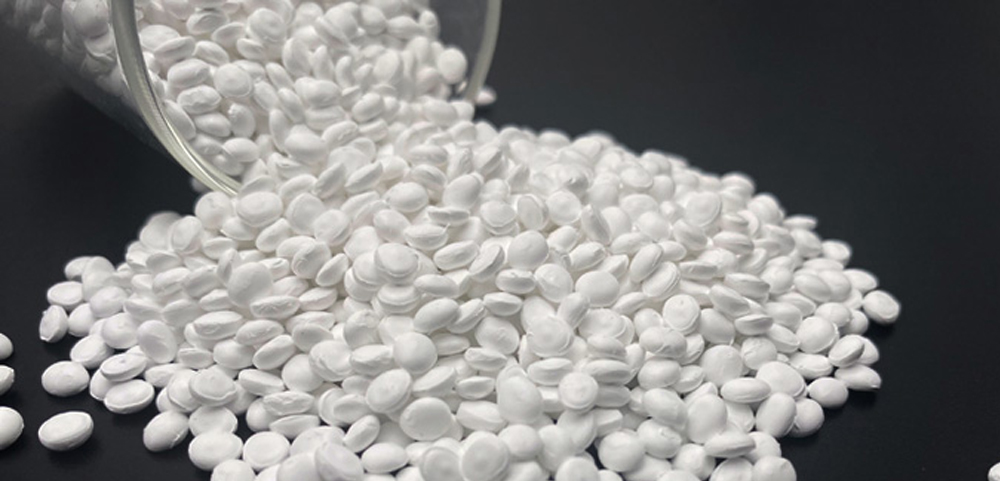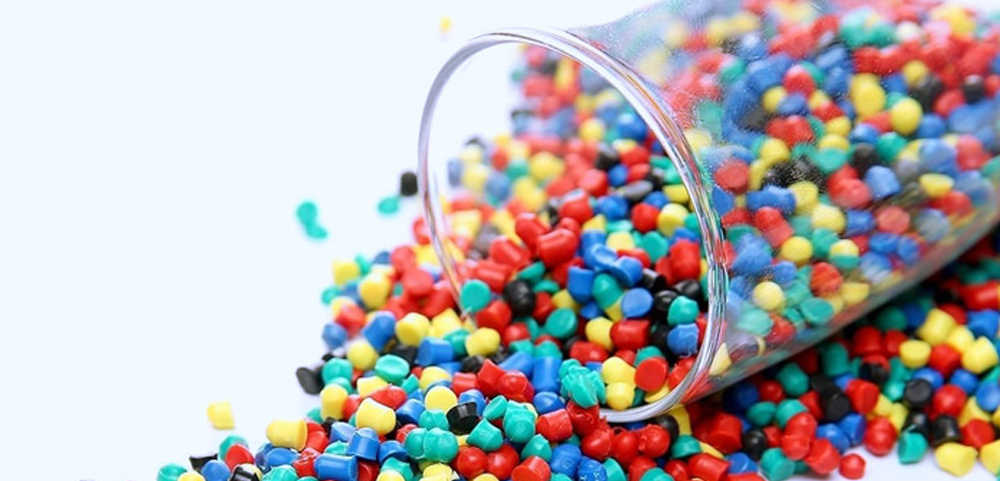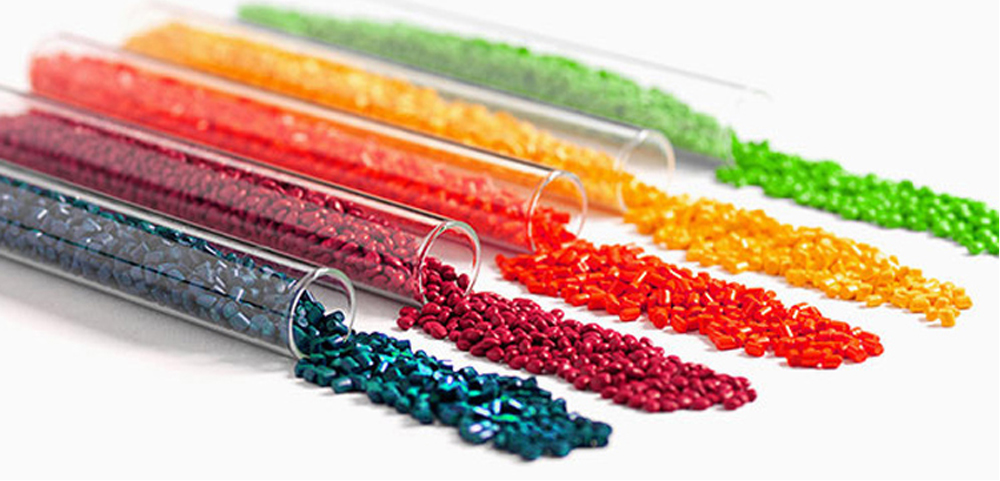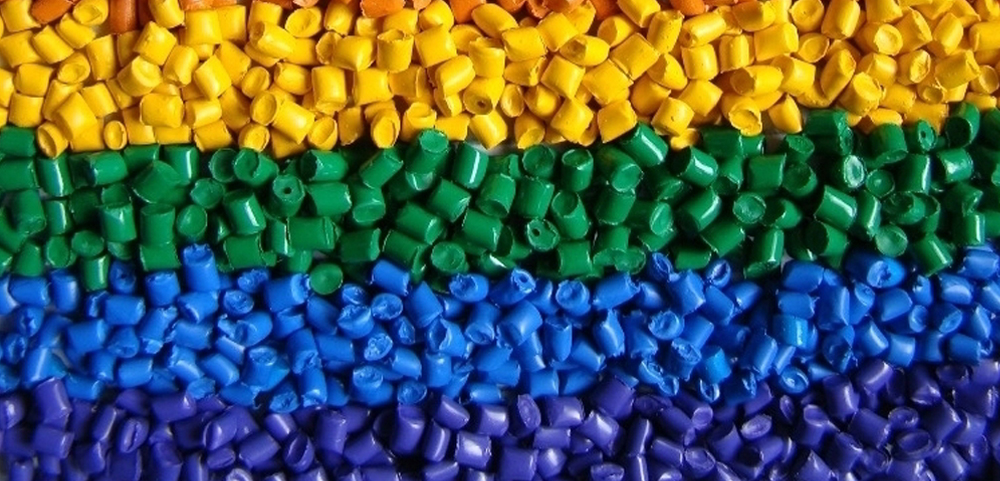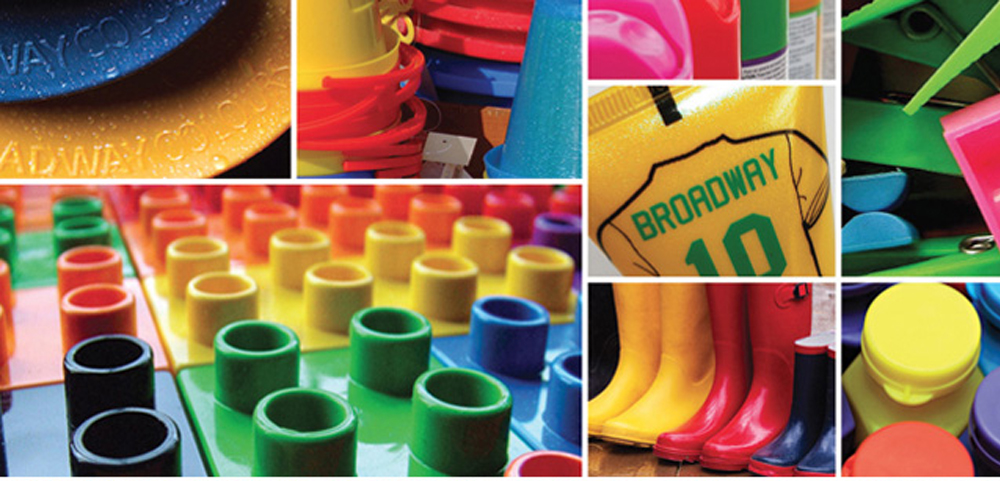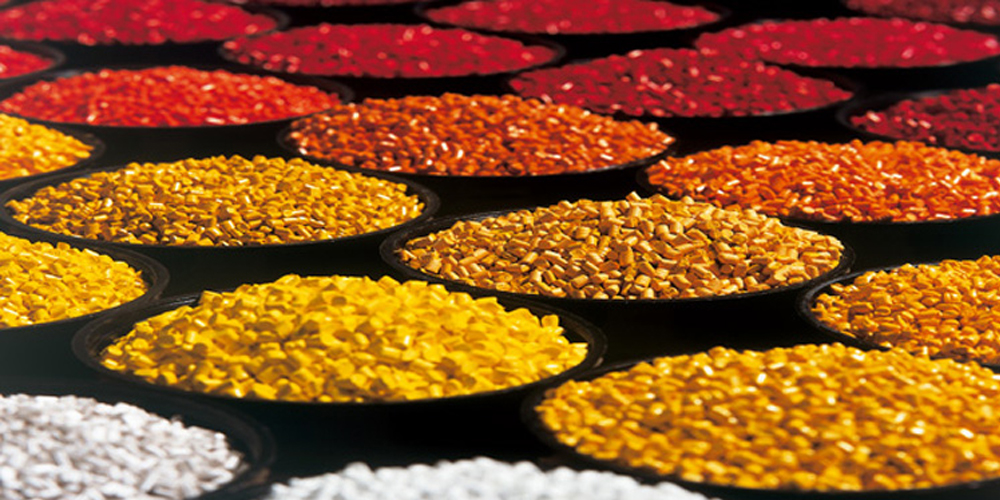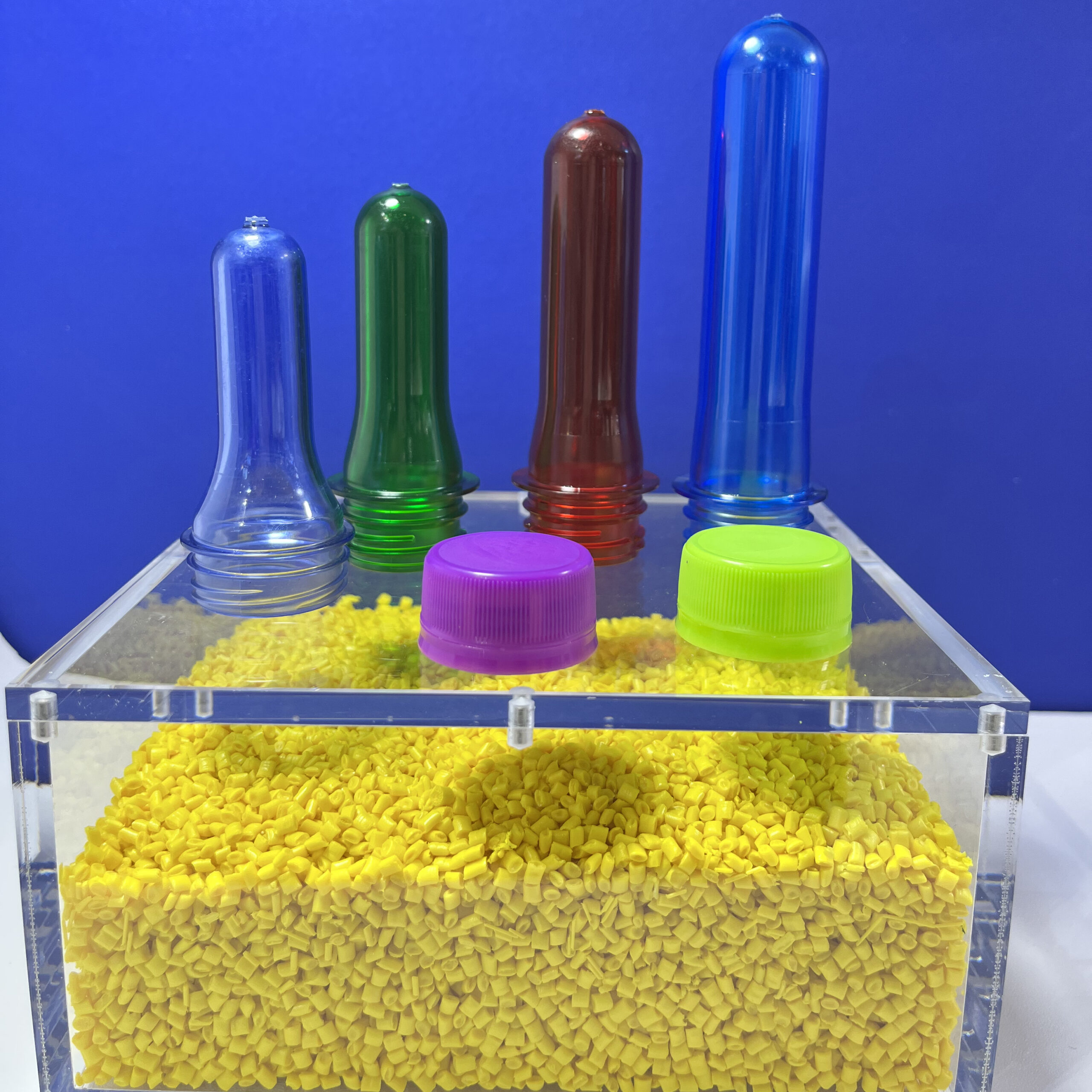
Masterbatch: A Complete Guide to Enhancing Plastic Manufacturing
In modern plastic manufacturing, masterbatch plays a critical role in achieving the desired properties and aesthetic appeal in finished products. Whether used to impart vibrant colors, improve material performance, or meet industry-specific standards, masterbatch is an indispensable solution for achieving consistent, high-quality results.

